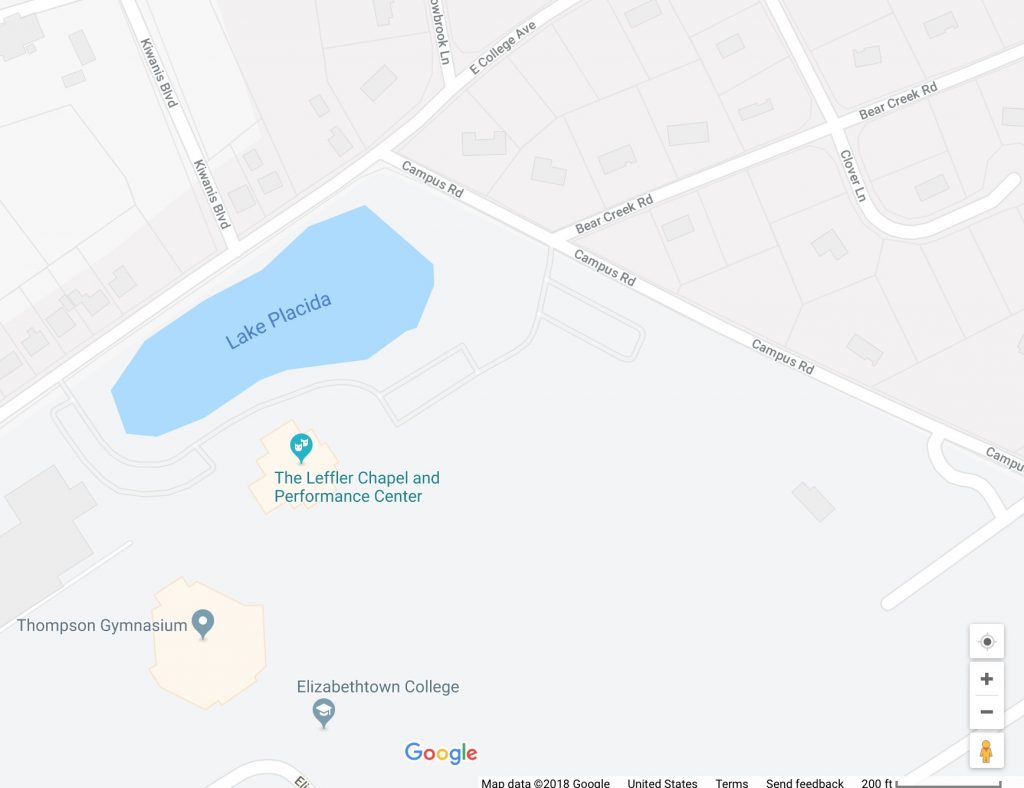
The northern end of Elizabethtown College sits at the meeting of East College Ave and Campus Rd. The vertex is more of a bend than an actual edge, justifying the placement of a conditional stop sign. Drivers can do the otherwise illegal so long as they are rounding the curve, but those moving away from the school must heed the sign conventionally.
Maybe you have similar intersections where you live, but signs like these appear to be rare in Lancaster County, Pennsylvania. If anything, we make a habit of yielding the right of way to pedestrians, other automobiles, and yes, Amish buggies. Thus the rare conditional stop sign becomes a license to throw caution to the wind. Continue reading “I Saw the Sign, or Did I?”

 In December of 2013, Russell McCutcheon
In December of 2013, Russell McCutcheon  I was browsing through the late Raymond Williams’s
I was browsing through the late Raymond Williams’s  Over the past couple of years I’ve noticed a curious new practice in stores when I use my credit card: I often must produce another piece of identification to demonstrate that the credit card is mine.
Over the past couple of years I’ve noticed a curious new practice in stores when I use my credit card: I often must produce another piece of identification to demonstrate that the credit card is mine. 